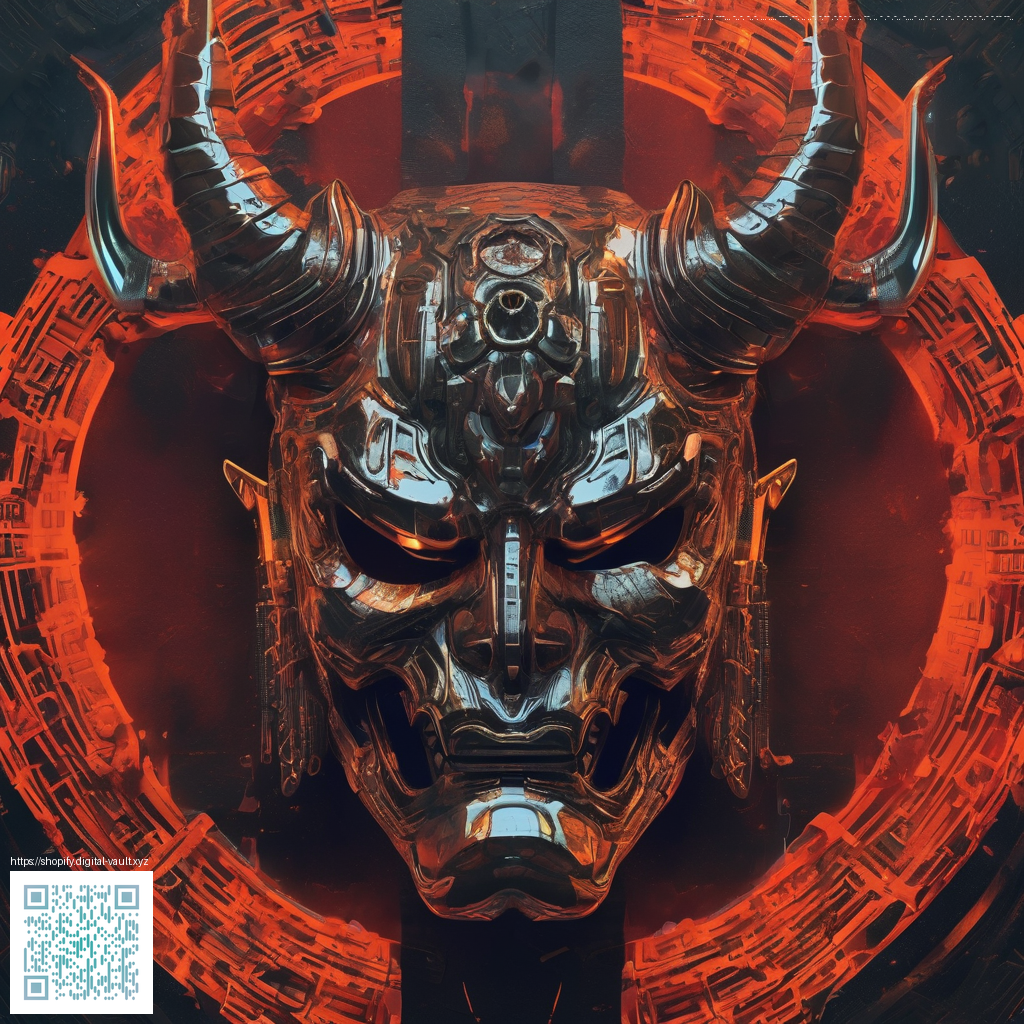
Stream Setup Essentials for NieR Replicant on desktop and consoles
NieR Replicant invites players into a moody world where story and combat blend into memorable moments. For creators, translating that mood into a compelling stream means crisp visuals and rock solid performance. The goal is smooth action, readable UI, and a chat that feels close to the action rather than a distant spectator. The following guide walks through practical gear choices, encoder settings, and platform specific tips that help you deliver a steady, engaging broadcast.
Across PC PS5 and Xbox you can achieve premium streaming results without breaking the bank. Start with a solid capture path, reliable encoding, and a chat layout that emphasizes key boss moments and plot beats. The core idea is to keep the frame pace stable while your audience enjoys both the spectacle and the quiet narrative beats.
Platform specific tips
On PC a desktop setup unlocks full control over rendering and encoding. A mid range GPU paired with a modern CPU lets you push high quality output while leaving room for background tasks. If you have a capable graphics card you can leverage hardware encoding to keep the game smooth and the stream responsive. For consoles connect through a capable capture device if you want to push higher bitrates or custom overlays while preserving the native gameplay look.
- PC targets 1080p or 1440p with 60 frames per second as a reliable baseline. If your system is strong you can experiment with higher resolutions while watching for encoder load and viewer bandwidth.
- PS5 and Xbox versions run at a stable 60fps in standard modes. You may see dynamic resolution scaling to preserve frame rate during intense moments which keeps combat feeling tight for your audience.
- For console streaming a capture device such as a USB or PCIe capture card can let you customize overlays and scene transitions without affecting built in broadcast tools
Capture and encoding best practices
Encoding is the backbone of a clean stream. If you have an Nvidia GPU use the NVENC encoder to offload work from the CPU. For AMD systems the equivalent VCE or AMF encoding provides similar results. Start with a bitrate around 6000 to 8000 kilobits per second for 1080p 60 if your viewer base has strong connections. If you go 1440p consider 12000 kilobits per second as a starting point and adjust based on audience feedback.
Key settings to prioritize reliability include a fixed target bitrate, a modest keyframe interval, and two pass encoding to balance quality and performance. Game audio should be well balanced against voice chat and background music so that important dialogue remains legible even during boss fights. A clean mic setup with a compressor and modest noise gate helps keep your voice intelligible without sounding harsh when the action erupts.
Modding culture and community insights
The PC community around NieR Replicant thrives on mods that enhance textures, lighting, and accessibility options. Texture packs and shader tweaks can lift the atmosphere while preserving the game feel that fans expect. When you mix mods with streaming overlays or UI tweaks, test patches on a separate branch to prevent disruption during live sessions. Mod compatibility varies with updates, so maintain a quick rollback plan and keep a quick backup ready.
For many streamers the community is a partner in content. Clips of stylish quick kills, emotional cut scenes, and surprising story twists often perform best when framed with a focused chat moment and a short, informative narrator style. Build your stream around these peaks and your audience will stay engaged through the longer expositions as well.
Update coverage and patch context
Nier Replicant ver 1.22474487139 introduced a range of fixes and balance tweaks across platforms. In practice this means the game can behave differently across PC and console builds during major encounters. Keep an eye on patch notes and give yourself one live test run after each update before a big stream. The community has discussed frame rate stability and occasionally observed slowdowns if mods or custom textures conflict with new data files, so plan a quick clean run before you go live.
Another practical tip is to run a short practice session to confirm audio levels, overlay visibility, and chat alerts. That quick rehearsal helps you catch issues that could distract viewers during pivotal moments such as dramatic reveals or climactic battles. By staying ahead of these bumps you preserve the momentum of your stream and keep fans coming back for more.
Engaging chat and VOD highlights
Streaming is a shared journey with your audience. Consider chat layouts that emphasize live reactions during cut scenes and key combat sequences. Use highlight moments to generate VOD content that showcases both story progression and skillful play. A concise overlay that labels fight phases or unlocks new abilities can turn a routine encounter into a memorable clip reel. The blend of thoughtful narration and reactive chat energy is what keeps viewers engaged across a full playthrough.
Be mindful of audio clarity when moments get loud. A simple balance between game audio and microphone ensures viewers understand dialogue and narration without needing to crank up the volume. Subtle on screen prompts for viewer participation such as votes on difficulty or choices can foster a friendly, engaged community.
For viewers who want to support independent content creation and the broader concept of a decentralized internet, consider contributing through direct channels outlined below. The goal is to empower communities to share ideas freely and sustain creative work without gatekeeping.
Support Decentralized Internet
More from our network
- Red color index reveals stellar temperature of a distant hot star
- Master Minecraft creative mode essential guide for builders
- What is tokenization a beginners guide to data security
- Unusual color index reveals distance to a hot giant at 24 kpc
- Post launch growth strategy practical tactics to scale fast